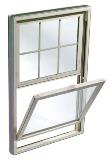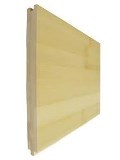Nearly 70% of total electricity consumption in the United States is due to creation, maintenance, and use of buildings. From heating, cooling, and lighting, to all types of appliances and gadgets, electricity is a necessity – but 70%? We can do better than that.
With the average household now spending a whopping $ 2,000+ a year on energy bills, it’s time to make informed decisions about the types of materials and appliances we use in our homes. A myriad of alternative green building options are available. It doesn’t make sense to choose materials that will waste money and energy in the long run.
The benefit of building green extends beyond feeling proud of your commitment to help the environment. According to ecorate.com, green buildings have 30% lower utility expenses than standard homes, are built with products and materials that outlast and outperform their competition, and instantly create a higher resale value for your home. In fact, as of January 2013, U.S. homeowners are willing to pay 11-25% more for green homes.
What does it mean to Build Green?
Building green starts with understanding what makes a product or design environmentally friendly and as self-sustainable as possible. This means using materials that are energy efficient, durable, low maintenance, salvaged, reusable, recycled, etc.
Building green doesn’t necessarily mean your home has to be more expensive or that you need to use every alternative material and method. In fact, when you build green you can often reduce your overall expenses by using traditional materials in efficient and environmentally friendly ways.
Simply making green choices can have a huge impact on your wallet, health, and environment.
Building Green: The Benefits
- Improved air quality
- Reduction in carbon emissions
- Maintain fresh water capacity and quality
- Conserve and restore natural resources
- Protect biodiversity and ecosystems
- Reduce home operation costs
- Eliminate unnecessary landscape maintenance
- Minimize strain on local infrastructure
- Enhance comfort and health of occupants
- Improve overall quality of life
5 Simple Ways to Build Green
Whether you are currently building a home, or simply looking to reduce your home’s carbon footprint, there are many ways you can build green now. This list offers a few ideas of how choosing the right materials can reduce your impact on the environment, and on your pocket.
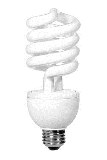
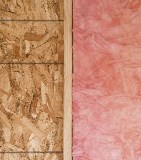
3. Install energy efficient windows and doors. Even if you have more than enough insulation, old windows and doors can let in as much air as an open window, forcing your heating and cooling systems to use more energy to keep you comfortable. Take advantage of home improvement rebates offered through the government and Energy Star to get your home the quality windows and doors you need.
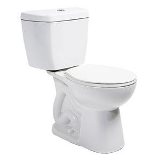
For help with a home-energy audit or ideas for building green on your next space or structure, contact us.
The post Building Green: Improving Energy Efficiency in Your Home appeared first on Sunroc Building Materials.
Sunroc Building Materials » Stay Connected
